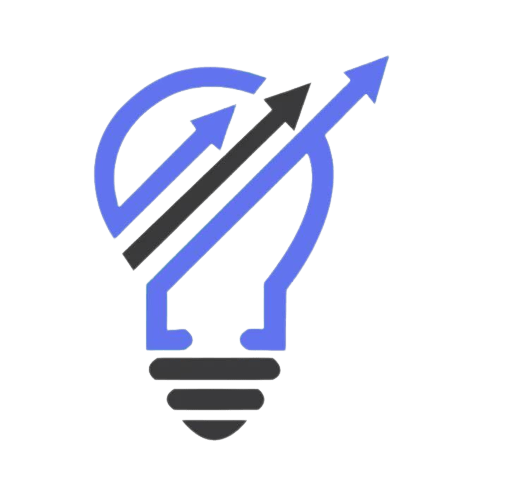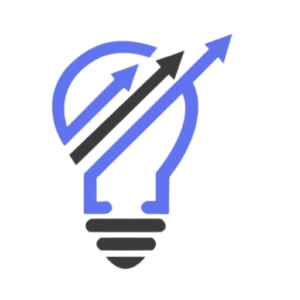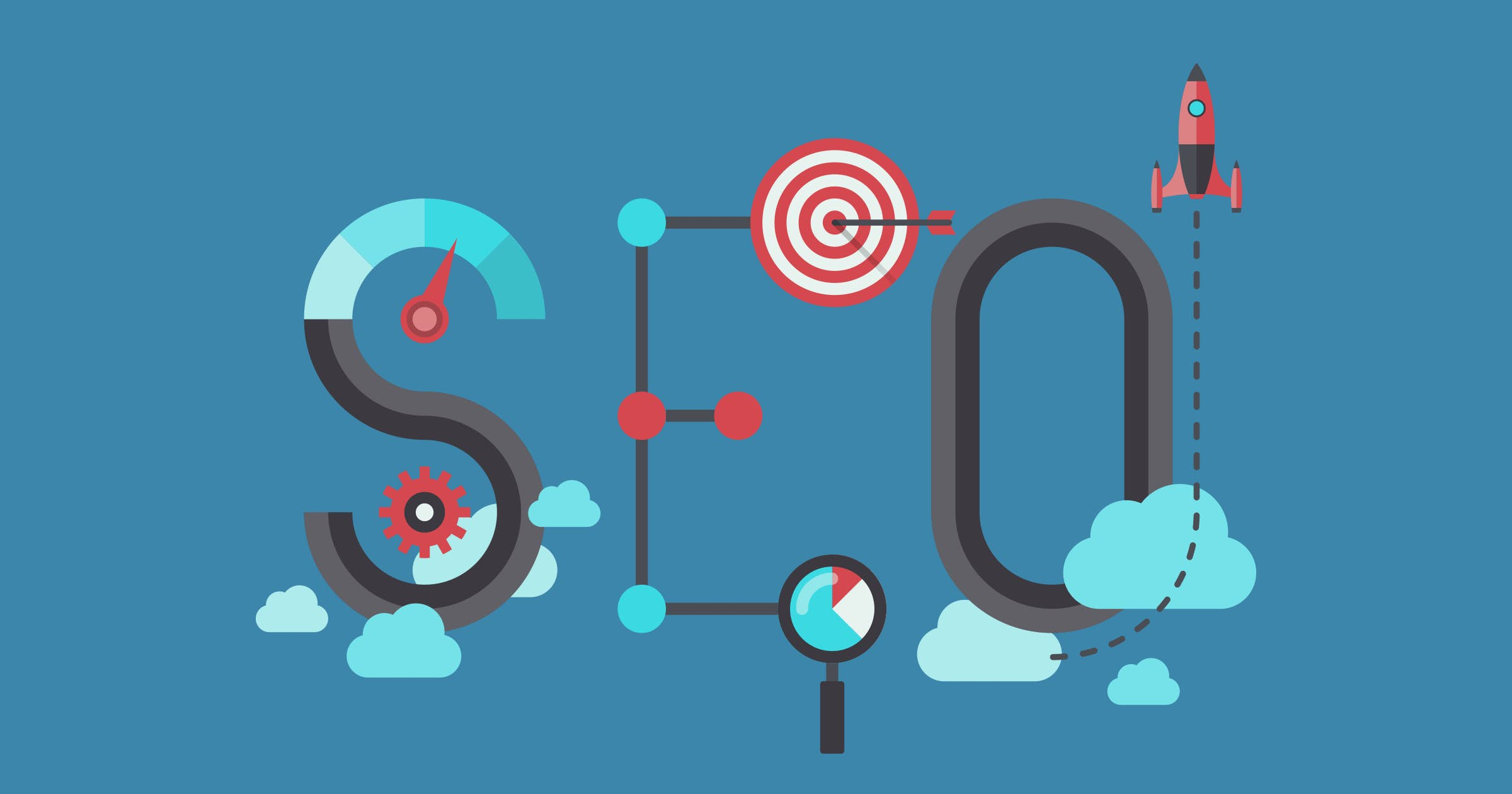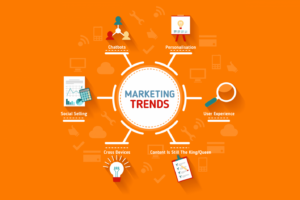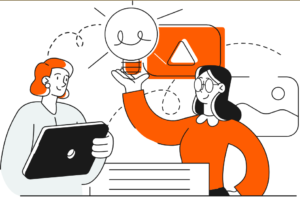On-page optimization for SEO is the process of improving and optimizing the content of your website directly to help it rank better. It is done internally, for example, work done to improve features, tags, keywords, images, meta descriptions, etc. A content management system (CMS) is used to update your site for this purpose.
On-page SEO will increase the visibility in search engine optimization, which in return will bring you more audience. However, to retain this audience, you will have to make your site very user-friendly which is also a part of on-page optimization.
Below are the two categories of on-page optimization
Categories of on-page optimization:
The following are the types of on-page optimization
Pre-click:
As the name suggests, pre-click is the content of the website present on the search engine result page, seen before opening the website. It comprises of URL, meta description, and title tag. It is done to intrigue the visitor and compel them to open your website.
Post-click:
After clicking on your website, the content which is present on your page including headings, links, and visuals, is known as post-click. This type of optimization ensures that the visitor remains gauged and stays on the site.
On-page SEO factors:
Here we have gathered a few factors that greatly contribute to on-page optimization for higher ranking.
Update current content.
You can do that by eliminating zombie pages. These are those pages that receive very less traffic. Removing them will improve your ranking easily. It is because google doesn’t rank low-quality content and removing such pages will definitely lift the burden off your site.
E.A.T. is another method of improving your content. It stands for expertise, authoritativeness, and trustworthiness. Google judges your content through E.A.T. so make sure to incorporate these three elements in your content.
“Content is what the search engines use to fulfill user intent.”- Dave Davies, Technical SEO Analyst at DeepCrawl
Optimized writing:
While creating your written content, make sure it has good readability. Simple language and correct grammar would suffice. Your readers should quickly be able to comprehend whatever you have written. There are online tools as well which help you know the readability of your text. The simpler language you use, the more readability will it have.
Secondly, refrain from overcrowding keywords. Do your keyword research, and collect and note every keyword. Now, we know how keywords can help to rank but it can only happen when they are used in the right places. Keyword stuffing and disturbing the keyword density will get you de-ranked as it greatly reduces the user-friendliness of the site. Add keywords by creating opportunities. Moreover, a few general rules of thumb regarding keywords are:
- Use a keyword once in your title
- Use it at the beginning of your written content
- Use it in your webpage URL
Keep your sentences short. Give maximum information using fewer words. Use subheadings to stand out. This will help those people who quickly want to skim through your site. Similarly, using bullet points will also help to break down large information into pieces and make it easy to quickly read.
Add visuals:
Visuals include videos and images. Visuals make your audience understand better. Make them optimized by adding SEO-friendly alt tags, using the right format and responsive images.
Add alt texts with your videos and images. Alt texts are scanned by google for your visuals. It should be descriptive. Alt texts work the same as keywords as google can’t understand visuals and uses alt text to comprehend. Make sure to upload them in a web-friendly format. For e.g., for pictures Use .gif, .jpeg,.png, and .svg
Adding visuals can result in a great reduction in bounce rates and improve dwell time. It directs people to your site from google images.
Reduce loading time:
Long loading times can increase the bounce rate. It will not be able to open in time and as a result force the visitor to drive away. This will badly hurt your google ranking on SERP or may even remove your page from it.
Use tools like ‘google PageSpeed insights’, to analyze your site speed and areas of improvement. Remove all things from a website that causes it to load super slow.
Links:
Links build up E.A.T, which we discussed earlier. They give credibility and help in the optimization. Links are of three different kinds
- Backlinks: These are inbound links that link to your website from another site.
- External links: These are present on your site and direct to the page on a different domain.
- Internal links: These are the links to different pages on your own site.
As much as these links can help you optimize, using fake links can lead to hurting your rank.
Create a responsive website:
Responsive websites can adapt to any size of the screen. So, instead of keeping two different websites, one for mobile and the other for desktop, invest in a responsive one so that it can draw an audience from various devices. Your site has to be compatible, user-friendly, and scalable on every screen. Mobile usage is greatly increasing day by day and it is only wise to have a site that is readable on it too. Moreover, Google also promotes responsive designs.
Lastly, keep updating your old pages as per the new trends and techniques. Use headings in the right hierarchy i.e H1 for the main heading, H2 for the secondary, and H3 for the tertiary. It is always favored by google.
For an in-depth discussion over on-page optimization, book a consultation call FREE of cost, right now only at Strategy inn.
